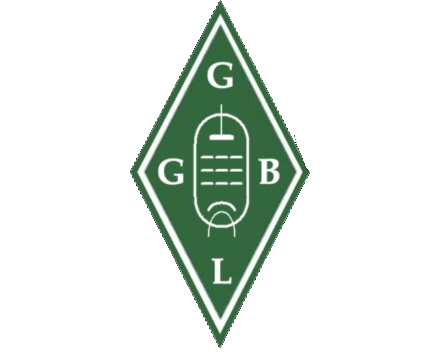This page is dedicated to various projects involving high frequency and high potential aspects.
h
High Frequency Tesla X-ray Machine
All practical x-ray machines to this day rely on the rectification of main lines AC, to a high voltage direct current supply. This in turn fuels the x-ray tube’s anode and cathode terminals, with a filament supply being exempt. The high voltage supply of today is a derivative of the Ruhmkorff Coil (induction coil) used as a pulsed high potential DC source in the early days of x-ray technology. Although at the same time, Nikola Tesla tested single terminal vacuum tube devices in conjunction with high potential – high frequency transformers, yielding impressive x-rays of immense energies. Though dangerous, a high frequency AC supply proved to be a successful driving source for non-conventional roentgen tubes.
Employing a resonant TMT transformer as used in previous carbon lamp plasma tests, with two extra coils at both ends of the secondary winding, a balanced configuration comes about. Although in this test, the two extra coils have not been designed for the operating frequency and impedance of the secondary. Hence, this test setup is not entirely balanced nor efficient for the mean time.
Secondary Frequency: 1630 Kc
Extra Coil No.1 Freq. : 1776 Kc
Extra Coil No.2 Freq. : 1566 Kc
Average Output Potential: ≈ 300,000 volts
A 2X2 half-wave rectifier tube is inserted between the ends of the extra coils, in that only the plate and cathode are connected.
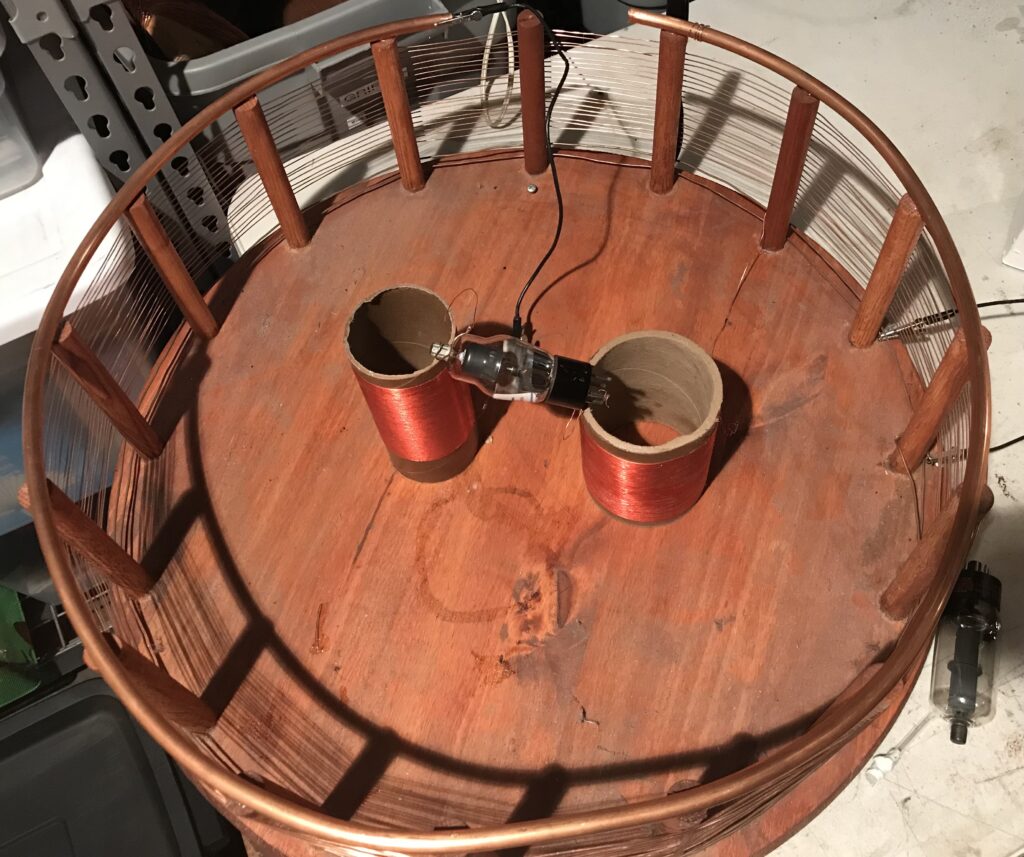
Upon excitation, the 2X2 generates x-rays able to illuminate a phosphorous screen. Tests have been conducted with solely a single terminal, but x-ray energy does not meet standards.
Measuring the overall level of ionization energy at exactly 6.5 feet, results in 50 milliroentgens per hour. Given the inverse square law, the total level of radiated energy at 1 inch away from the tube gives 304.2 Roentgens per hour. Whereas at a 1 foot distance away, a total energy of 2.1 Roentgens is received. Hence, extensive lead shielding and distancing is required to operated such an apparatus. This machine is in its primal state, and more attention will be given to it in the near future.
h
Pulse Generator
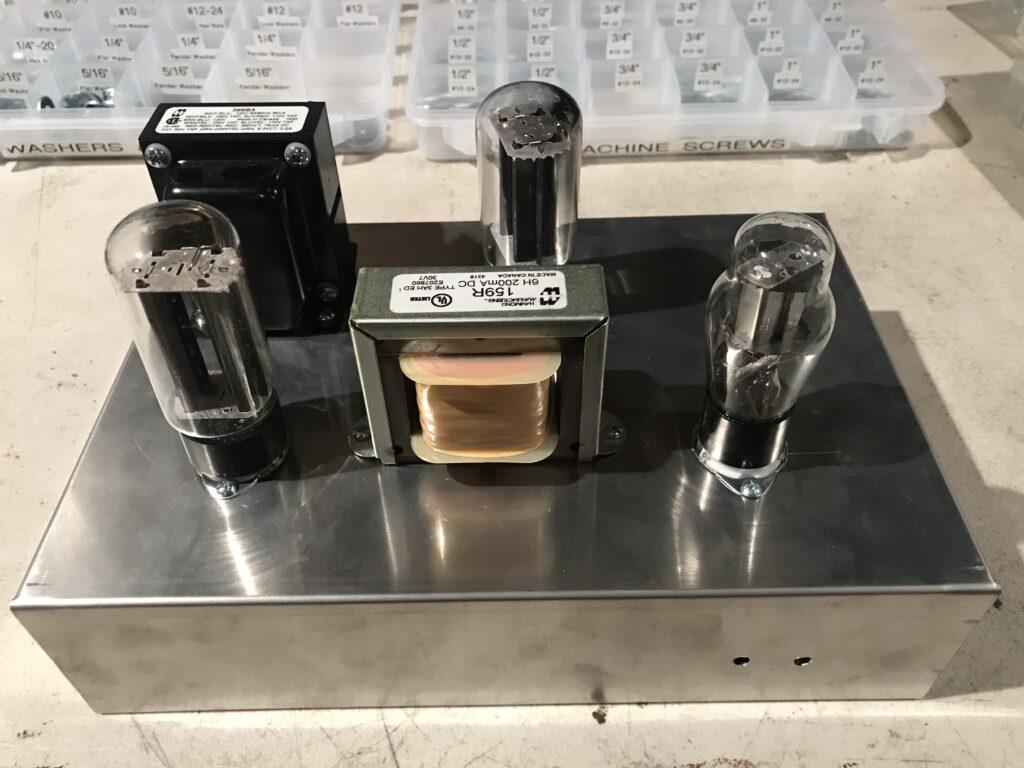
This line-type pulse generator is a time variant pulsing device, which is matched via impedance to a 1950’s flyback transformer. This will enable a high potential output from the secondary of the flyback, with an adjustable natural time variation with respect to the circuit impedance.
h
h
Exciting a Carbon Filament Lamp
Upon reasearching the Tesla Brush Bulb, an experimental conclusion of a similar substitute in design. That is, an exhausted glass bulb with a carbon electrode is excited to a certain degree, while employing alternate currents of high frequency. In reference, this experiment is based on US patent: 514,170 in certain ways. Note, that the only commonality between the carbon lamp and said patent, is that a carbon electrode is employed. In difference, the carbon lamp is not exhausted to a very high degree, nor possesses a single electrode with a fairly small protruding carbon button. Yet in despite of the differences, similar effects are produced to that of the original lamp. Future research will be conducted into the exact replication of said bulbs, and others as Tesla described in his book Experiments with Alternate Currents of High Potential and High Frequency.
The primary source for this project is a well developed Tesla Magnifying Transformer, containing an experimental extra coil. The operating frequency is roughly 1400 kilocycles, producing a potential of roughly 300,000 volts. For simplified means, one terminal of the lamp is connected directly to the extra coil, supported on a wood base (the lamp also operates when connected to the “opposite” end of the secondary coil).
The lamp in question is a carbon filament replica lamp, made to represent a typical 1910 GE bulb. Original bulbs have been used as well, producing identical results, but will not be employed for they are fairly delicate. The bulb used is exhausted to a decent degree, and is absent of any inert gases of the sort. Hence, any luminous effects would be partly due to the remnant water vapour trapped in the heating process.
Video showing luminous result: Here
During the process, no other lamp would produce the same effects. Not even a typical tungsten filament lamp would create said effects.


When the bulb is at low power (connected to the AC flyback), interesting effects may be obtained. More specifically, the bulb becomes quite sensitive to nearby electrostatic and magnetic fields, as well as the passing hand. In such power circumstances, bringing the hand closer increases its capacitance, making the lamp brighter.
Between the two hairpin filaments, exists an interesting form of plasma, which takes on the shape of a “puffy” sphere. There are many other “puffy spheres” present near the glass stem of the bulb, but the one between the filament structures appears to be far more sensitive. That is, bringing the hand ever so close will cause the sphere to repell in the opposite direction. Until the hand is brought closer, the sphere will eventually spread out on one side of the glass, and expand – causing it to fill the entire bulb.
By employing a TMT, the brightness produced by the lamp is enough to illuminate an entire room to a certain degree, and enable one to read a book only a few paces away.
The following pictures were taken in the dark, and cannot completely demonstrate the brightness of the lamp. Since the camera used is unable to capture it.
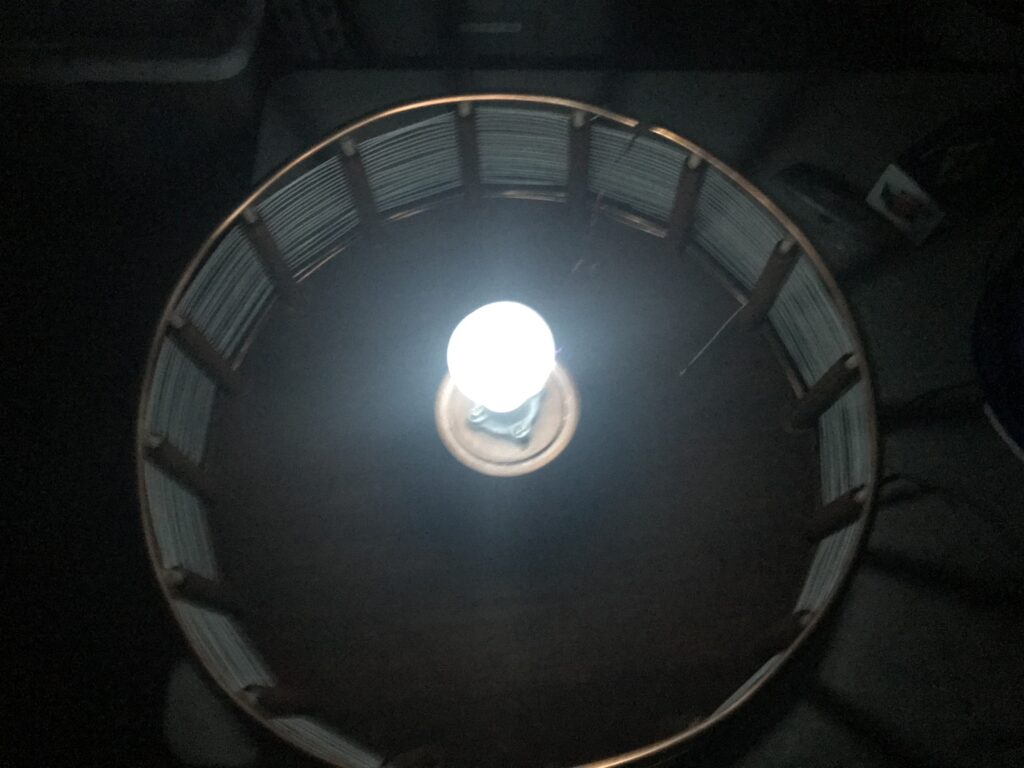

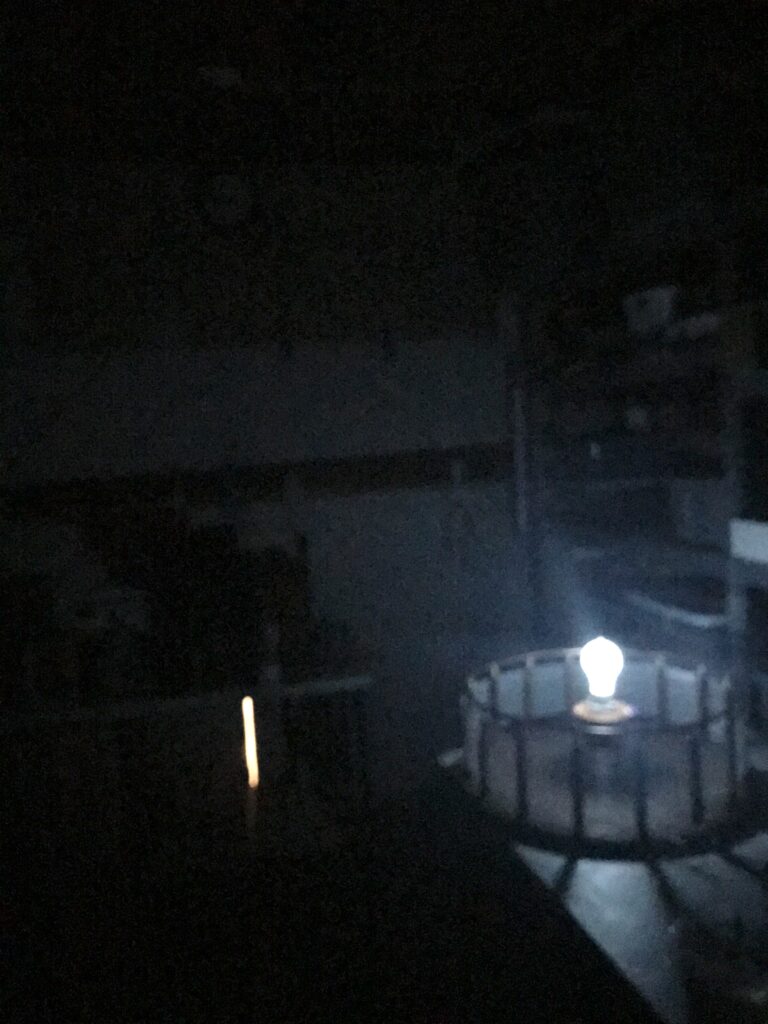
As of now, current effort is being done in creating a Sprengel Pump for Brush Lamp replicas and experimentation.
